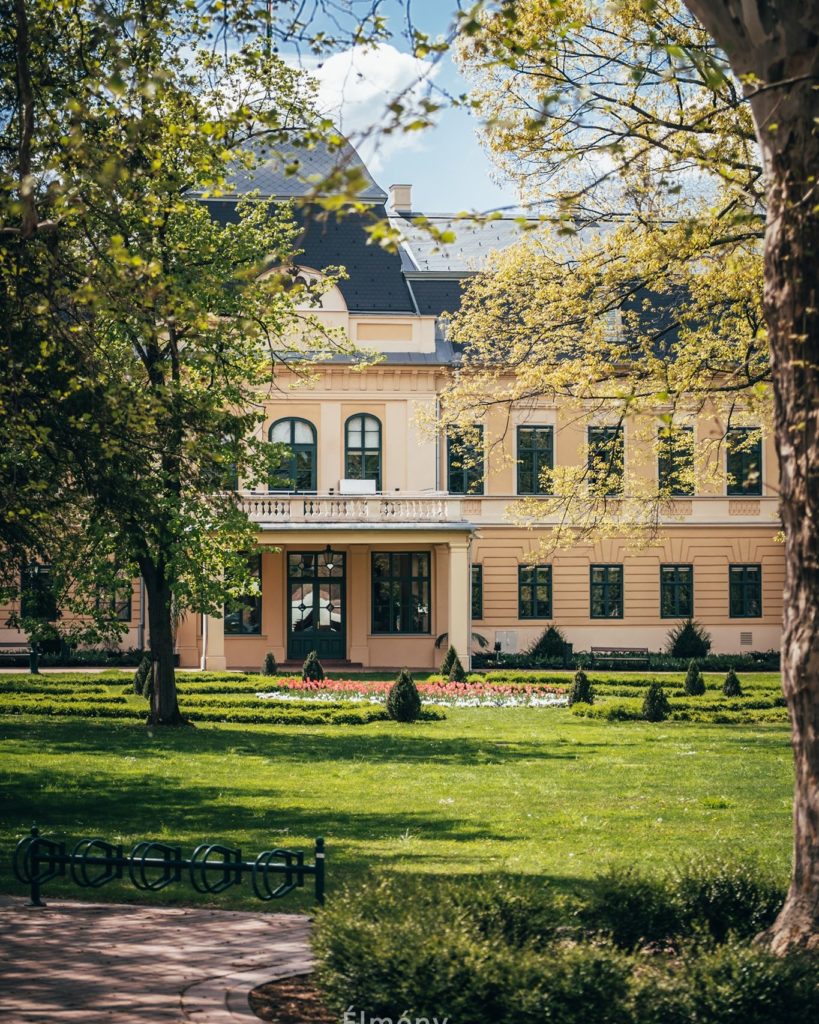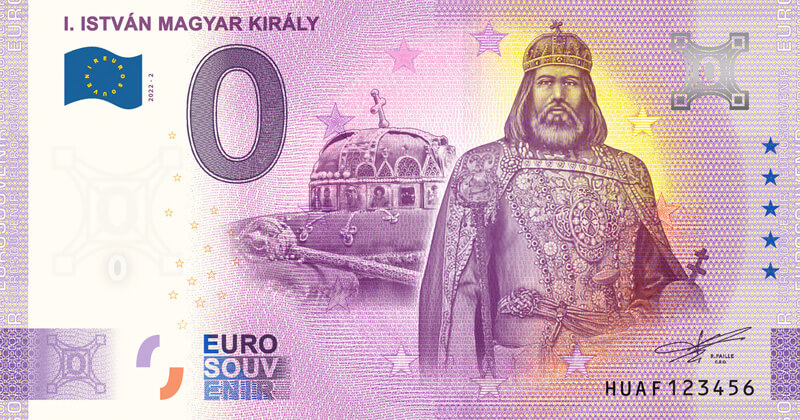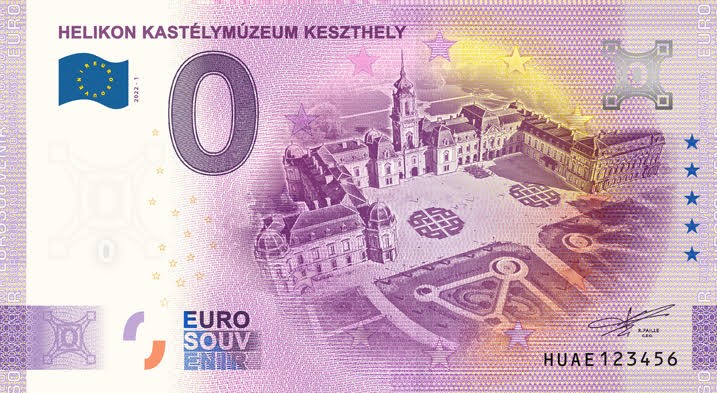With a centuries-old history
Almásy Castle in Gyula
The next wonderful location to be featured on the Hungarian EuroSouvenir banknotes is the Almásy Castle in Gyula. The building, which has a centuries-old history, served for a long time as a noble residence, and after the adventurous events of the 20th century it is now a museum and visitor centre, which takes us back to the past in a modern interactive way.
After the retreat of the Ottoman occupation, János György Harruckern, a military officer from an industrial family in Upper Austria, received the territory, which covered almost the whole of Békés County, from King Charles III of Hungary in return for his services. He repopulated the almost depopulated county with Hungarian, German, Slovak and Romanian settlers. The baroque block of the Gyula castle was designed by his son Ferenc Harruckern, whose grandson Ferenc Wenckheim extended the building into a unique noble residence, built a riding school and planted exotic plants in its park and conservatory.



The castle came into the possession of the Almásy family through the marriage of Countess Stefania Maria Wenckheim and Count Kálmán Almásy. The last of the Almásy heirs, Alajos, committed suicide in November 1945 and his brother Kálmán remained in England at the outbreak of the Great War. After the Second World War, the castle was nationalised, and the building was used as a vocational school, a nursing school and a dormitory, and later as a nursery. In the 1960s, a thermal spa was built in a large part of the castle grounds. The castle was gradually emptied in the 1990s.
The castle has been visited by royalty on three occasions: in 1807 by Francis I and his daughter Maria Ludovica (later wife of the French Emperor Napoleon), in 1857 by Emperor Franz Joseph and his wife Elisabeth, and in 1876 by the Emperor himself during a military exercise.



1849. Ten of the 13 generals from Arad laid down their sidearms in this building on 23 August 1877 and set off on their final journey to the place of the Arad massacre.
This is the first castle in Hungary where a play was staged as early as 1746. The grandfather of the composer of our anthem lived within its walls as a cultural courtier – and Ferenc Erkel himself often stayed here. Mihály Munkácsy began his acquaintance with painting in the Gyula Castle under the tutelage of Elek Szamossy.
Following renovation work completed by March 2016, the Almásy Castle in Gyula won the ICOMOS Award for Exemplary Monument Renovation in 2017. In the same year, the work of architect László Földes won second place in the category for concrete architecture designers at the Concrete Festival. In 2018, the Almásy Castle Visitor Centre in Gyula was one of the 40 nominees for the European Museum of the Year Award.
Information and image source: www.gyulaikastely.hu
We are working with ...



Zero eurobanknote
Helikon Castle's newest attraction -
The next wonderful location to be featured on the Hungarian EuroSouvenir banknotes is the Almásy Castle in Gyula. The building, which has a centuries-old history, served for a long time as a noble residence, and after the adventurous events of the 20th century it is now a museum and visitor centre, which takes us back to the past in a modern interactive way.
What are zero euro banknotes
and what monuments are depicted on them?
If you are interested in zero notes and would like more information about them, feel free to read the main information directly on our website. Here you will find not only how these banknotes were created, who the founder is and what monuments can be found on the banknotes, but also similar information about what is on each banknote, what they are made of, etc.
Currently, there are already several zero euro banknotes in circulation with the motifs of monuments from Hungary. You can buy all the currently available issues or view older issues of zero euro banknotes in our e-shop.

New editions coming soon!
We are working on a new edition for your collection. Get to know our banknotes issued so far.





